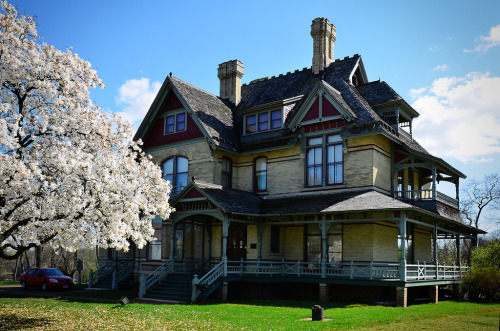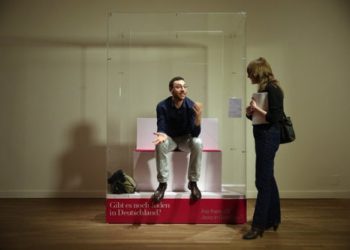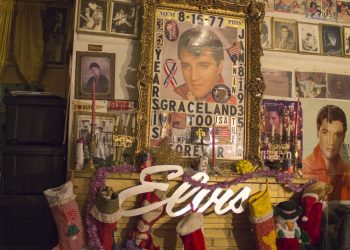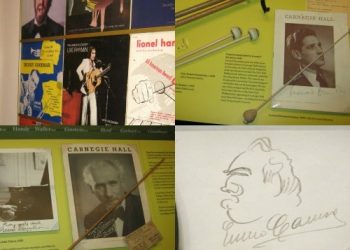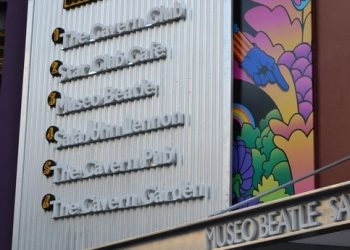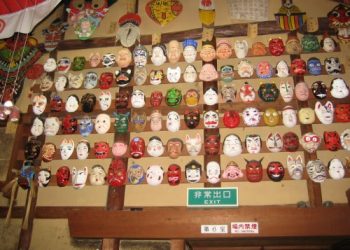If you’ve read this blog long enough, then you already know how much I love historic house museums (read my thoughts on the topic here). Maybe not all old houses should be turned into museums, but the Hearthstone House in Appleton, Wisconsin is an exception. It was the first residence in the world to be electrified. Industrialist Henry J. Rogers lighted his home with the same power source, a hydroelectric power station, that was located at his nearby paper mill. In 1882, this generator was one of the country’s first uses of the Edison system (the only other station at the time was Edison’s steam powered Pearl Street Station, which lit several businesses in New York City’s Wall Street).
“Pleased” with the results, Rogers wrote the Western Edison Light Company a few months later: “Gentlemen, I have used 50 lamps in my residence and have used them about 60 days. I am pleased with them beyond expression and do not see how they can be improved upon. No heat, no smoke, no vitiated air and the light steady and pleasant in every way and more economical than gas and quite as reliable.” Believe it or not, the home’s original Edison switches and chandeliers remain in use today. The house is not Appleton’s only claim-to-fame, as the town also had the first hydroelectrically lighted hotel in the “west”, the Waverly House, as well as the first electrified college building, Lawrence University’s Ormsby Hall. America’s first commercial electric trolley system (which existed between 1886 and 1930) also began here.
But what makes this story even more interesting is another connection to one of America’s firsts. The Rogers family moved to Chicago in 1893 and the businessman met H.H. Holmes, supposedly America’s first serial killer. If you haven’t read The Devil in the White City, I suggest you stop whatever you’re doing and get yourself a copy. Anyway, Rogers invested in one of Holmes’s phony companies, which left him with a lot of debt. He was one of the killer’s “swindle” victims. In Holmes’ “confession” he recounted how he and an associate tortured Rogers until he signed over money to them, then murdered him by asphyxiation. Of course one thing sociopaths are known for is the compulsion to lie, and Rogers was very much alive (he died a few months after Holmes and is buried in Chicago’s historic Graceland Cemetery). So I beg to differ with anyone who says historic house museums are boring. Maybe you are?
